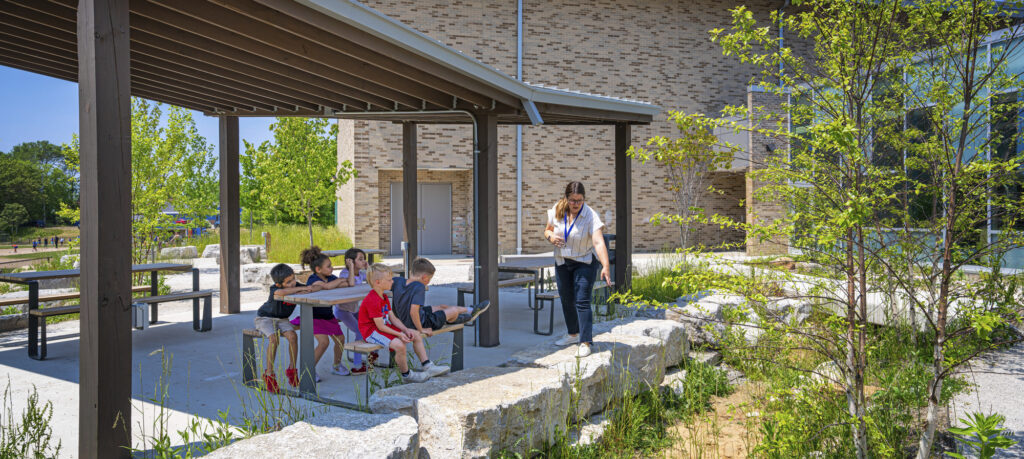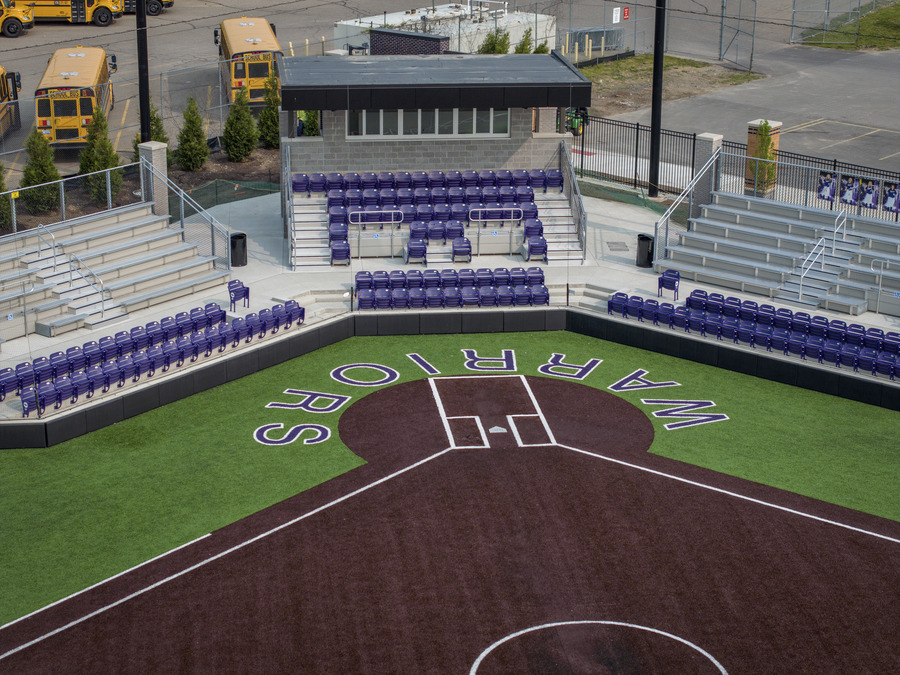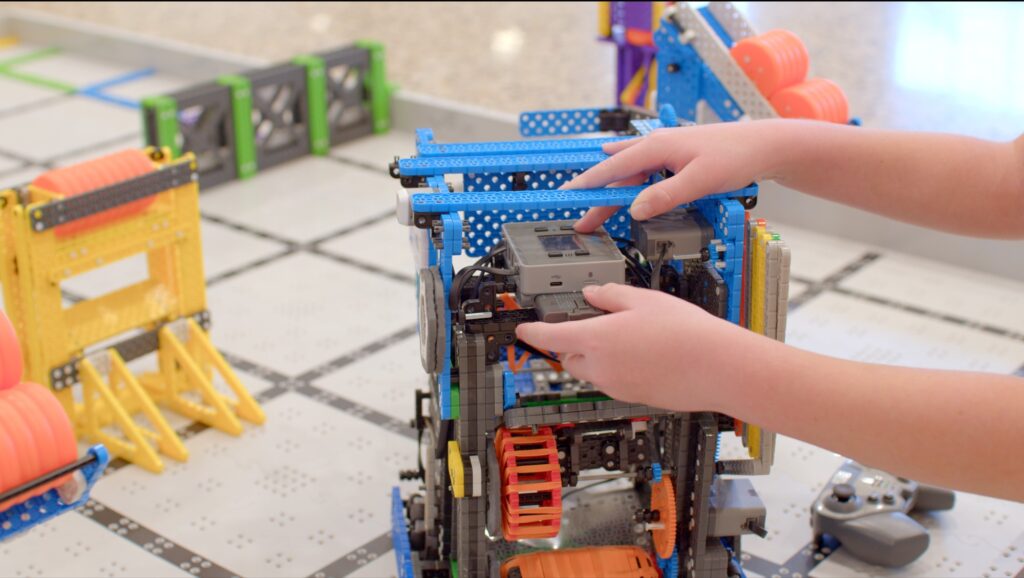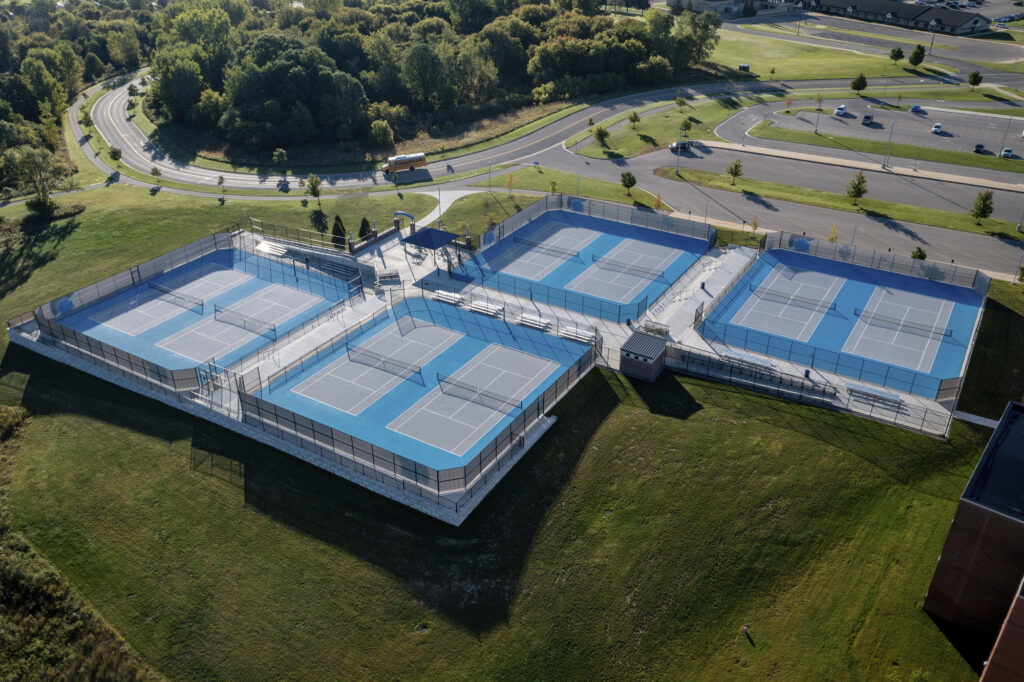When considering whether to install a natural grass or synthetic turf field, questions related to costs for initial construction, annual maintenance, and replacement are common. While there will always be a place for natural grasses, synthetic turf offers many benefits for educational organizations and campuses.
Why Schools Choose Synthetic Turf
Synthetic turf has become a popular choice among educational organizations for all kinds of athletics. Synthetic turf allows schools to dedicate funds previously used to maintain, water, and mow natural grasses to be used on other resources. Synthetic turf can also be an environmentally friendly option that does not require pesticides, saves thousands of gallons of water used for grass maintenance, and can be made from recycled materials.
Given the relatively close total cost-over-time for each system, the decision to build and maintain athletics fields boils down to the following:
- Nature of play desired
- Number of programs that will be using the field(s)
- Initial funding capacity
- Ongoing maintenance costs and capabilities
- Ability to fund future turf replacement

Let’s Break it Down
When looking at cost of ownership over a 20-year period, synthetic turf is more cost-effective and can be used for more than double the amount of play and use hours. Based on wear and tear incurred by multiple teams and sports, few districts can accommodate their athletic programs with only one natural grass field, but they could utilize only one synthetic field to accommodate more programs. For that reason, we are comparing the projected costs for two natural grass fields to a single synthetic turf field over twenty years. This period captures initial installation, annual maintenance, rehabilitation and replacement costs.

What About Safety?
Field playability and safety are an ongoing topic of debate and various studies on the topic have inconsistent findings. Studies and related news articles heavily focus on injuries related to elite athletes at the professional and collegiate level as opposed to high school athletes.
A 2023 article from the Milwaukee Journal Sentinel* provides a balanced assessment of the factors that contribute to safety and injuries. The article highlights the many factors that can influence the decision to install a natural grass or synthetic turf field. Factors include:
- Consistency of the playing surface
- Technological advancements and materials selected for the field composition
- Quality of field maintenance (both in-season and ongoing) and available financial resources
- Number of playing fields available and number of events
- Pesticide applications
- Local climate
*subscriber only access
Which Surface Is Right for Your Project?
The decision to build and maintain either natural grass or synthetic turf fields will involve many factors and each school’s needs are different. Reach out to one of our designers to discuss your project’s specific needs using the green button below.











